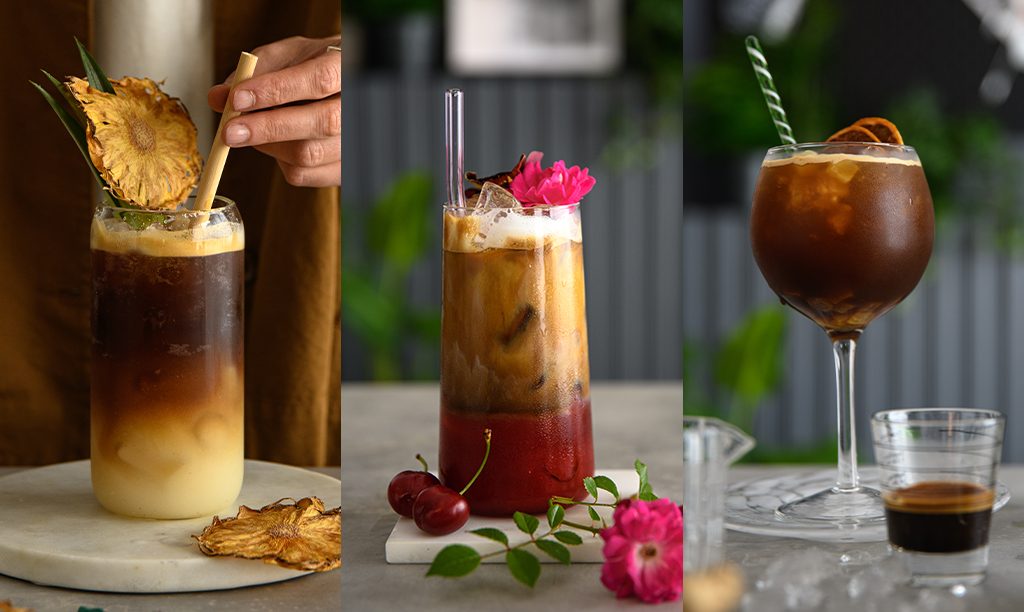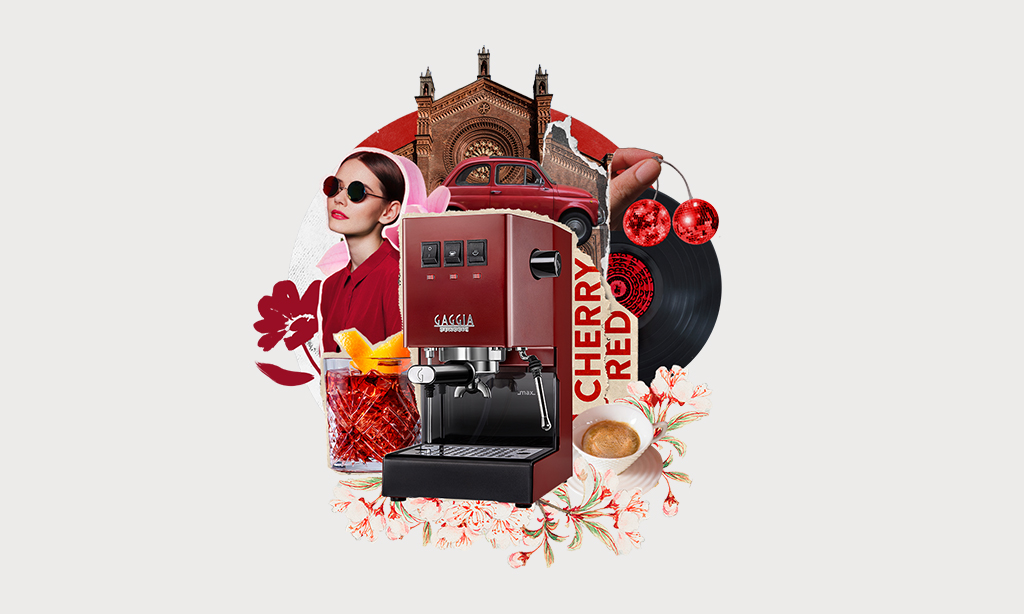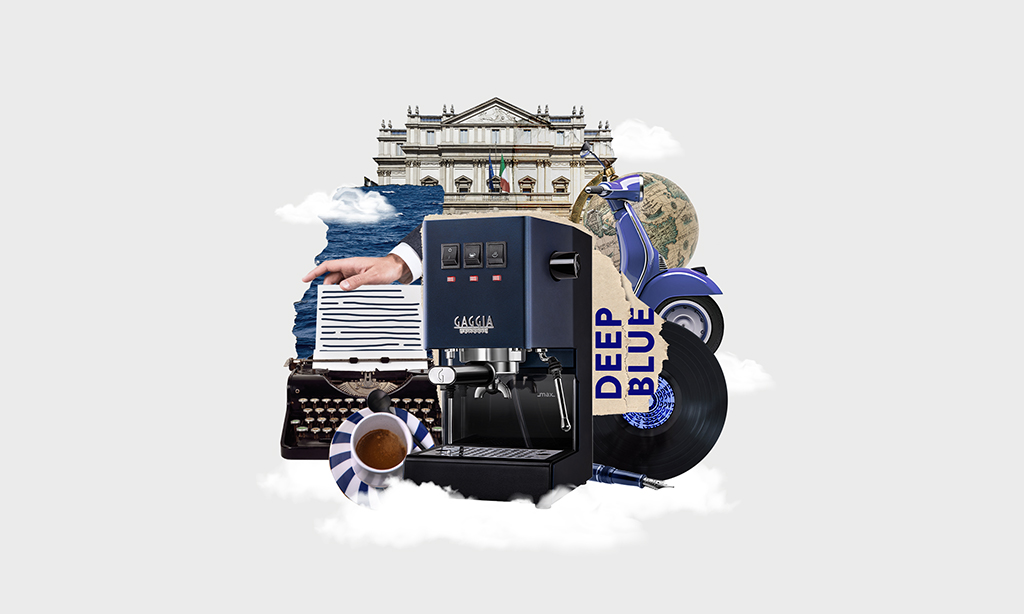Specialty Coffee
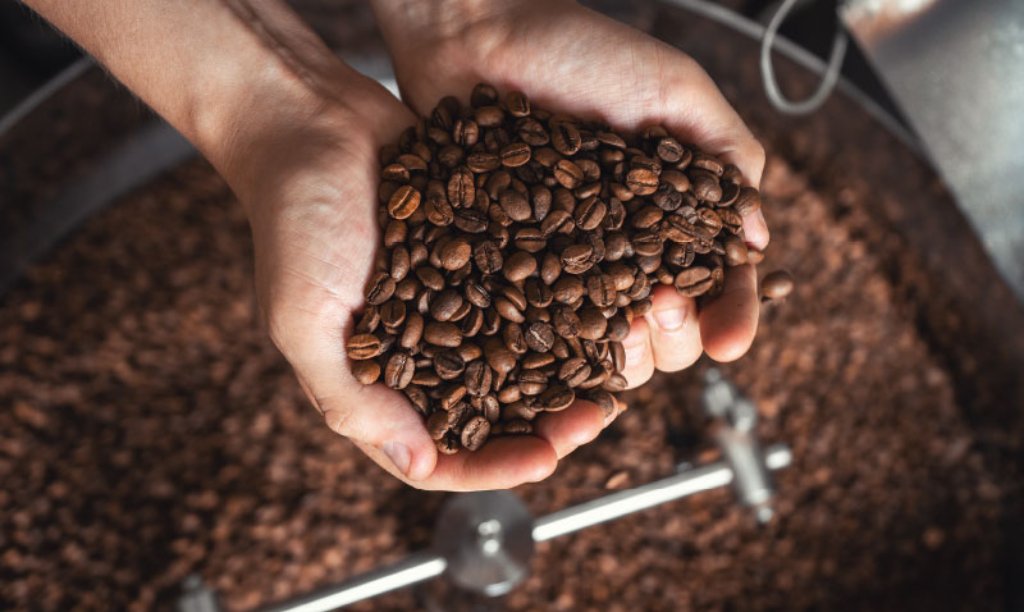
Specialty Coffee: what is it, how is it prepared, and everything you must know
Coffee is a beverage that reunites people from all over the world, but when we talk about specialty coffee, we enter a separate world made of passion, quality and meticulous attention for details.
What is Specialty Coffee?
Definition and Origins
Specialty coffee is a coffee category that stands out for its exceptional quality. The term first appeared with Erna Knutsen in an article from 1974 on the “Tea & Coffee Trade Journal”. “Specialty coffee” indicates a variety of coffee that scored at least 80/100 points according to the Specialty Coffee Association (SCA). This score is determined on a basis of different parameters such as scent, taste, acidity, body, and the absence of flaws.
Specialty coffee production chain
The specialty coffee production chain is characterized by a special attention during each phase of the production process, from the plantation to the cup. This process is made of different steps that are listed here below:
-
- Plantation: the coffee plants are cultivated in optimal conditions, more often at higher altitudes with rich lands and a suitable climate. Specialty coffee makers invest time and resources to cultivate refined and resistant varieties.
- Harvest: the beans are picked up by hand to ensure that only the ripe ones are selected. This particular attention during the harvest avoids that the beans that are not ready yet, or the over-ripe ones, might negatively affect the final taste.
- Manufacturing: the manufacturing process should enhance the unique features of the bean. Each production method gives coffee a different aromatic and flavour profile.
- Roasting: it must be done in small batches plots of land, with specific profiles that can enhance the aromatic notes and flavours of coffee. Specialty coffee roasters develop personalized roasting profiles for each coffee lot.
- Preparation: the final preparation must respect the quality of coffee with adequate techniques. A correct extraction is essential to value the work done during the entire process.
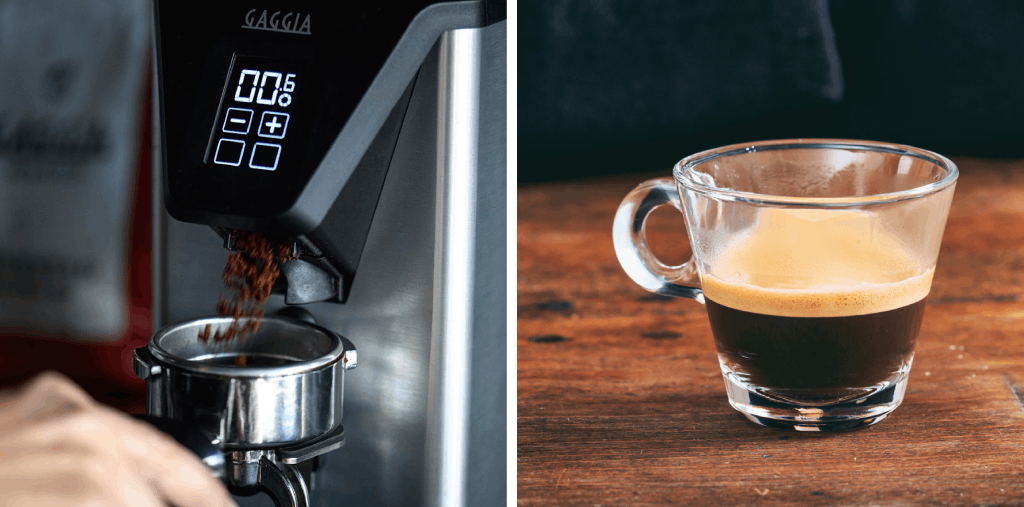
How to make Specialty Coffee
Must-have tools
To prepare an espresso with a specialty coffee, you will need a few tools:
- A high-quality espresso machine
- A high-quality coffee grinder that could guarantee a great result and an even grinding
- A scale to accurately weigh coffee and water, in order to maintain a precise balance between coffee and water.
- A thermometer to control the water temperature during the extraction, not to alter taste of coffee.
Fundamental steps
- Coffee selection: selecting fresh specialty coffee beans, preferably roasted within the two past weeks. The coffee freshness is key to an optimal extraction.
- Grinding: coffee must be ground right before the preparation to preserve the aroma. The correct granulometry depends on the selected extraction method. If you are using a manual or automatic espresso machine, we suggest opting for a fine grind. The final ground coffee texture should resemble thick sand.
- Water temperature: the ideal temperature is between 90° and 96° C. We suggest using a high-quality water, preferably filtered to avoid that scale and impurities could affect the taste.
Preparation
The extraction methods to brew a specialty coffee are many.
From the espresso made with a specific espresso machine, to Chemex and V60, Aeropress and filter coffee, specialty coffees can be extracted using diverse methods, with the help of various tools and according to precise techniques.
When preparing a specialty coffee, you must follow the steps and procedures required by the type of coffee, but, most of all, by the chosen extraction method to avoid mistakes and to get the best result.
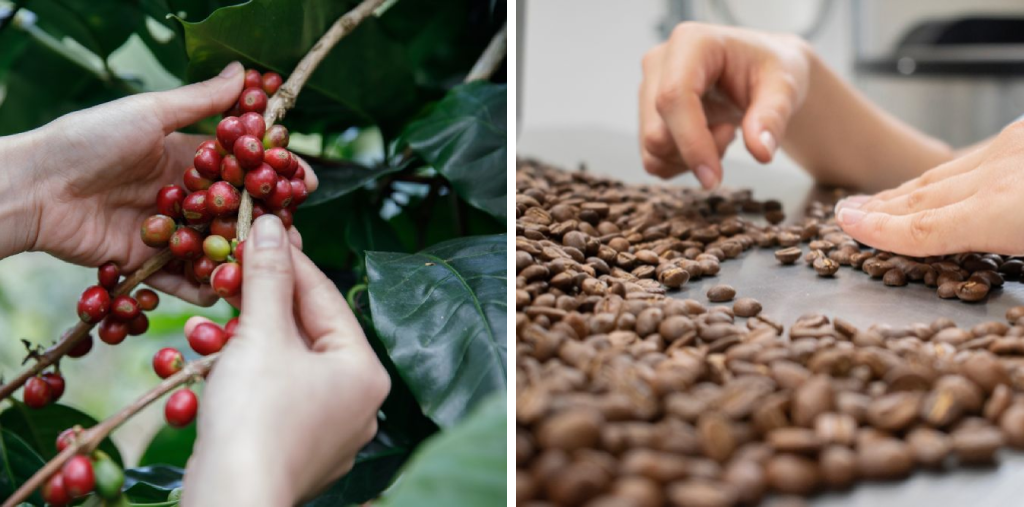
Everything that you must know
Origins and territories
Specialty coffee is often linked to specific geographic regions, known for their unique climate conditions that influence the coffee profile. Some countries are renowned for their specialty coffee production, such as
- Ethiopia: considered the cradle of coffee, it offers varieties with floral and fruity notes. Sidamo and Yirgacheffe are two particularly famous regions.
- Colombia: known for its balanced coffees with chocolate and caramel notes. Huila and Nariño are the regions that produce some of the most refined coffees.
- Kenya: it produces energetic and citrusy coffees with a brilliant acidity, thanks to the elevated altitude and the volcanic soil of its territories
- Brazil: one of the biggest producers in the world with various balanced varieties of coffee, often with a rich and round flavour, easy to fall in love with
Certifications and sustainability
Specialty coffee is often associated to sustainable practices and certifications that guarantee equal work conditions for farmers such as:
- Fair trade: ensuring that producers are getting fair price, improving their life conditions.
- Rainforest alliance: promoting sustainable agricultural practices, protecting the biodiversity and the natural resources.
- Direct trade: implying direct relationships between roasters and farmers, improving transparency and quality. Roasters are constantly visiting the plantation to guarantee high standard levels.
Tasting and sensorial analysis
Coffee specialty tasting, or cupping, is an art that requires practice and attention. Here below are some key aspects that must considered.
- Scent: the first olfactory impact of ground coffee. The scent can vary from floral to spicy, passing through some fruity or chocolate notes.
- Acidity: the brilliance of coffee that can vary from delicate to intense. A well-balanced acidity indicates a high-quality coffee.
- Body: the weight sensation in the mouth, from light to full-bodied. A coffee with a good body has a rich and enchanting consistence.
- Flavour: there are specific notes that can emerge such as fruity, floral, chocolate or spicy. Each specialty coffee has a unique flavour profile that reflects its territory and manufacturing.
Gastronomic combinations
Specialty coffee can be combined with some foods to enhance its features and organoleptic profile. Here below are some suggestions.
- Desserts: coffees with fruity notes get along well with light desserts such as fruit pies. Citrus notes or a berries aftertaste can also balance the sweet flavours of a dessert.
- Chocolate: coffees with chocolate or nut notes are great if paired with chocolate desserts or with a square of dark chocolate. The intensity of chocolate highlights the complex notes of coffee.
- Cheese: coffees with a brilliant acidity can spark interesting contrasts with creamy or aged cheese. For example, brie goes well with floral coffees, while aged cheeses are good if tasted with a richer coffee.
The use of Gaggia coffee machines for Specialty Coffee
The espresso machines are a fundamental instrument for those who wish to prepare specialty coffee with a professional method at home. The precision and control that they offer are essential to highlight the unique features of high-quality coffee beans. Whether you are using a manual or a fully auto one, there are some factors that come into play:
- Temperature regulation: with manual machines you can do the so-called “temperature surfing”, while with (some of our) automatic ones you can regulate the temperature via the display. A correct temperature can exalt the complex scents and reduce the unwanted bitterness.
- Pressure: water pressure is another key factor that helps in developing a rich and persistent cream, that is the sign of a good espresso. Our machines have a maximum pressure of 15 bar. With Gaggia Classic, when the pressure rises, the valve opens to release and lower it, for an optimal result.
- Grinding and dosing: a high-quality coffee grinder (either integrated as in our automatic machines, or external) can grind beans in the best way, preserving the freshness and the aroma of coffee, without burning the beans. The ideal dose for a single espresso should be no less than 7.5 grams, but this quantity can vary according to the type of blend used, and the type of result and intensity you would like to achieve.
 Truly Italian Roots
Truly Italian Roots